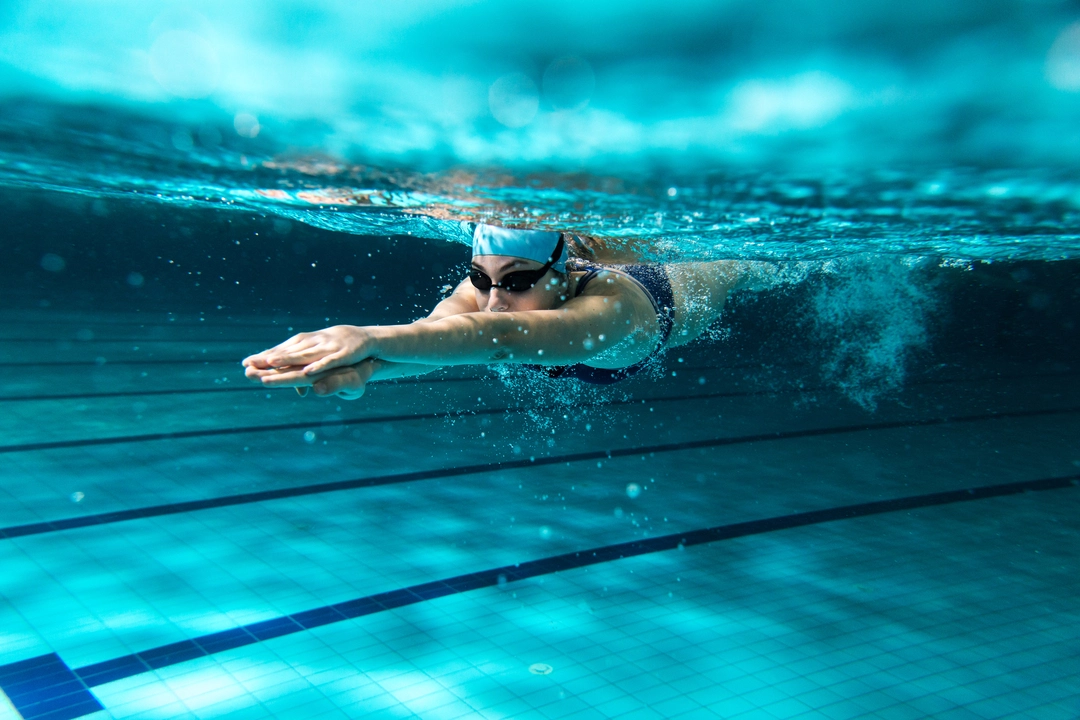Best Exercise: Why Swimming Beats Most Workouts
Looking for a workout that tones every muscle, burns calories fast, and feels easy on the joints? Swimming does all that and more. When you glide through water, you’re pushing against resistance, which forces your arms, legs, core, and back to work together. That coordination makes swimming a true full‑body routine, unlike many land‑based activities that isolate just a few muscles.
One of the biggest wins for swimming is the low‑impact factor. The water supports your weight, so you don’t stress knees or hips the way running or high‑intensity interval training can. This means beginners, older adults, and people recovering from injuries can jump in without fear of joint pain. Plus, the buoyancy helps you practice good posture, which carries over to everyday life.
How to Turn a Simple Swim into a Powerful Workout
Start with a warm‑up lap at an easy pace, then add intervals: 25 meters fast, 25 meters slow. Repeat this 8‑10 times and you’ll get a cardio blast that spikes heart rate just like a sprint on the treadmill. Mix in different strokes—freestyle for speed, breaststroke for a steady rhythm, and butterfly for a serious shoulder challenge. Switching strokes keeps the session interesting and hits muscles from new angles.
Don’t forget to work the core. While you kick, engage your belly button toward your spine and hold that tension. It’s a subtle move, but over a few laps you’ll feel a tighter midsection without any crunches. If you have access to a kickboard, use it for leg‑only sets; this isolates the quads, hamstrings, and calves while giving your arms a break.
Adding Paddling for Extra Fun and Strength
If you’re near a river or lake, combine swimming with paddle boarding. A short paddle session after a swim adds balance work and hits the upper back in a new way. The natural resistance of water while you pull a paddle mimics rowing, giving you another low‑impact cardio option.
For those who love competition, try timed challenges. Set a goal like “100 meters in under 2 minutes” and track progress each week. Seeing numbers improve keeps motivation high and turns a casual swim into a measurable fitness plan.
Remember to cool down with a slow crawl and some gentle stretches on the deck. This helps your muscles recover and reduces soreness later. A quick 5‑minute stretch focusing on shoulders, hips, and calves wraps up the session nicely.
Bottom line: If you want the best exercise that covers strength, endurance, and joint safety, grab a swimsuit and head to the nearest pool. The simplicity of water makes it easy to start, and the variety of strokes keeps it fresh. Give it a try for a week and you’ll notice stronger muscles, better breathing, and a calm mind—all without pounding the pavement.
